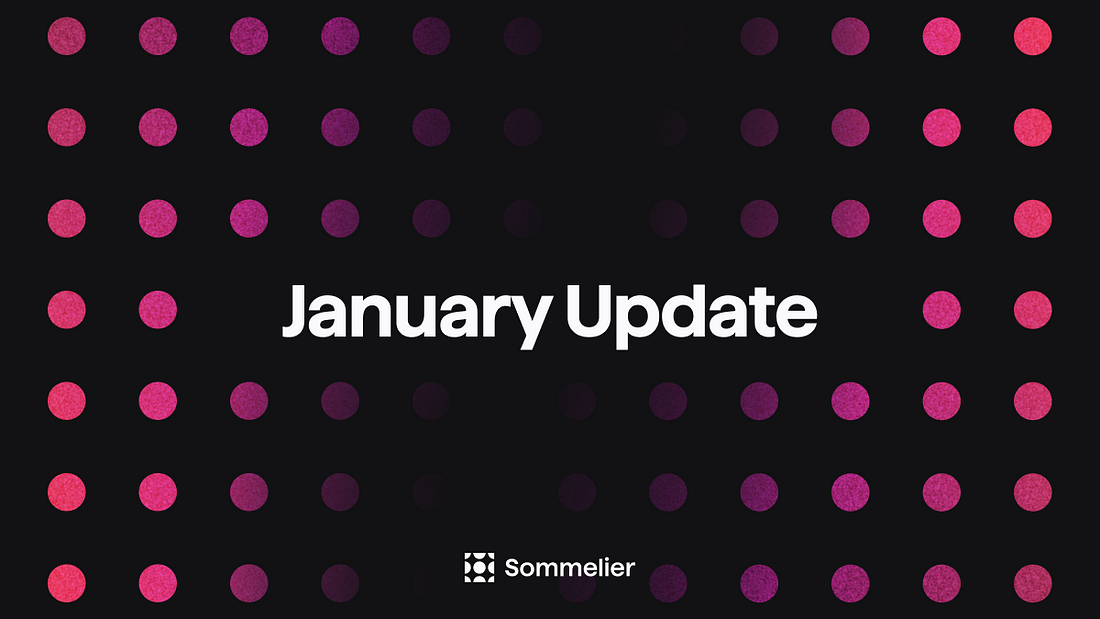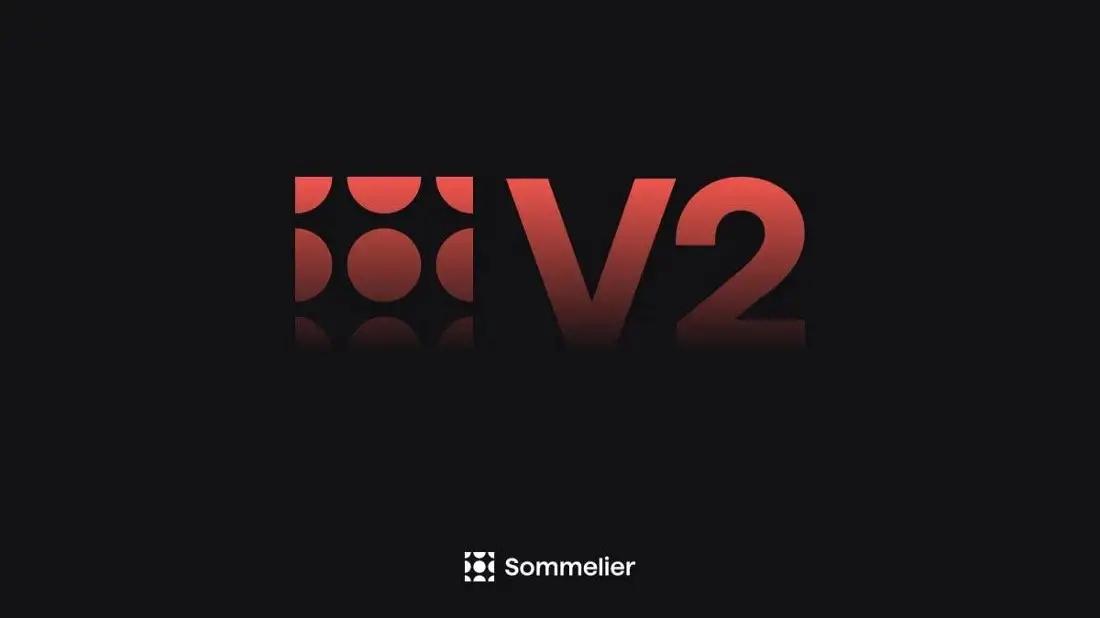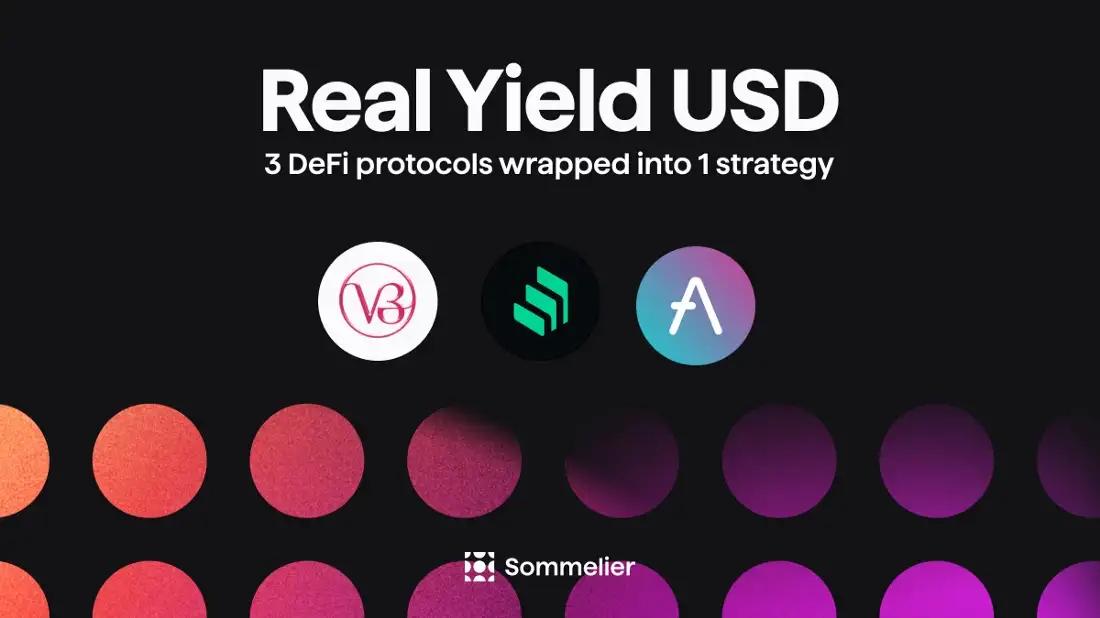Patache Digital: Risk Management Discussion

Highlights
Patache Digital's pragmatic approach to trading focuses on capital preservation and aims to "stay in the game" as much as possible
Risk tolerance per trade is set at approximately 2.5%, which means the position will only remain open as long as the loss is not greater than 1.5% of the cellar value.
Upside potential is determined by two targets: a fixed and variable target
The fixed target (workhorse) is used to ensure that each trade will break even by covering transaction costs and securing a small profit
The variable target (racehorse) is supported by a trailing stop loss that facilitates capture of higher price movements
When you’re building a portfolio with a mixture of strategies, one of the most critical things you want to look at is having a balance of riskier and more conservative investments tailored to what suits you best. To help you get to know Patache Digital and their Steady Strategies better, here’s a look at how their team approaches risk management.
There is an implicit tradeoff between frequency of drawdowns vs. severity of drawdowns that needs to be well understood by investors and money managers. Setting tight risk tolerances will lead to frequent premature exits denying trades their much-needed breathing room. On the flipside, wide risk limits can generate a singular large drawdown that wipes out several months of accumulated winnings. Setting an appropriate profit target can also entail similar tradeoff considerations. Trivial winnings don’t add significantly to the capital cushion, but pursuing large winnings increases the chance of market reversals.
With these considerations in mind, Patache pursues a pragmatic approach to the development of a trading strategy instead of a strict theoretical framework. A foundation to this approach is a “risk first” paradigm – capital preservation is prioritized over capital growth.
When a Patache-recommended trade is made, the strategy immediately sets the trade risk. The level of risk is determined by their proprietary algorithms and is optimized for modest risk tolerance. With the downside risk under pragmatic control, the strategy can shift focus to the realization of upside potential.
The upside potential comprises 2 parts – a fixed target and a variable target. A fixed target is a reasonable expectation of modest favorable market movement, and a variable target is deliberately open-ended to facilitate the pursuit of an opportunistic movement in favor of the trade. The pursuit of a variable target is activated when the initial capital outlay for the trade has already been earned back and realized, thereby adding no incremental risk to the position. With the visibility of the trade risk on hand, the investor can focus on the capital-at-risk/risk appetite.
Patache’s approach towards capital management is prudence accompanied by a strategy to “stay in the game”. They generally recommend a risk tolerance of 2.5%-5.0% per trade, which allows the investor to stay with the strategy for 40-20 consecutive losing trades.
Patache prioritizes risk management, then researches returns with all their products. This approach is consistent across all types of markets and volatility regimes, and they design their products for the long-term patient investor. The foundation is rooted in risk management based on the CEO’s high-level insurance background in risk management. The complementary skills of trading, programming, and research from the other partners together produce a technology platform that is unique, powerful, and well-reasoned in its approach to the underlying trading strategies.
When it comes down to it, Patache believes that a patient and systematic approach to capital management has the best likelihood of generating sustainable economic returns, and this is exactly what they seek to provide.
More articles
© 2025 Somm by Bajanss OÜ –Maakri 36-50, Tallinn, Estonia 10145




